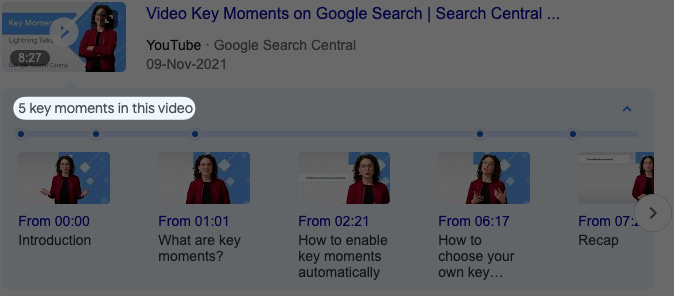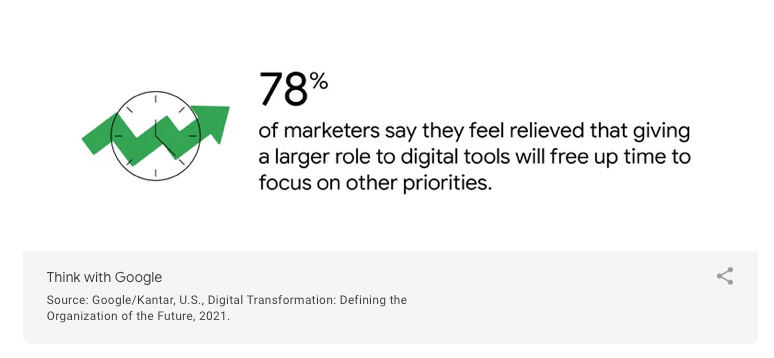Reading time: 4 minutes
Table of Contents
TL;DR & Summary
People are becoming more and more reliant on search engines for their day-to-day chores. Creating content is becoming cheaper & by cheaper I mean both in terms of quality and price. Any Lorem Ipsum can create a blog and start churning out content. With this rate, it’s only getting difficult for search engines to find relevant content, let alone rank it.
Instead of making the algorithm efficient, search engines are coming up with new ways to search. These ways are specifically aiming to let users find answers to their complex questions.
Stuffing keywords here and there is so 2016. Even today there are several tools (and people who use those tools) that do nothing but force you to stuff keywords and score your work based on that.
Apart from organizing the world’s information, Google as a search engine is moving towards making sense of very very specific queries that users search.
The future isn’t going to be the game of search volume, it’s going to be the game of specificity.
You should understand where Google is headed, you can start optimizing your content for the type of searches Google wants to rank pages for.
Knowing how Google is going to make it easy for users to search for their complex tasks, will help you as an advertiser or creator. It’s like knowing what people are investing in and trading more of that.
By the end of this issue, you will be able to plan your content strategy based on the future of SEO.
Here’s what I have packed in this issue for you:
- Know what Google is up to & prepare for the same
- How automation can help with SEO in the future?
- How to optimize content for the future?
- Future of content to answer complex queries
Google is changing every day. It’s changing the way people are able to search. Instead of only improving the algorithm, it’s also working to make the user’s life simpler. The problem with SEO is more than the algorithm, how people search is changing.
When you don’t optimize to match how people prefer searching, no matter what strategies you use, you won’t be discovered on search.
Most people chase a score with tools that don’t fully abide by the search guidelines laid by Google.
All they do is make you stuff keywords and show you a score. Are you optimizing for a score or the person who’s searching on Google?
Google is making people search like this because people prefer searching like this. So if you don’t catch up with that, you’ll miss the train.
Why Google is changing the way users can search?
- More products & services invite more questions. More questions mean more queries. More queries mean more data to process. More data in less time need more efficient ways to search
- Google came up with an update in search & they named it MUM (Multitask unified model). The sole purpose of this feature is to enable users to search in multiple ways at once. This is to better understand and give highly relevant results
- Google is leaning towards understanding the context than just the content. MUM helps Google understand users’ needs, better. It’s like a doctor asking questions to understand how to treat their patients
- Language is still a huge barrier for several users across the globe. With updates like MUM, camera & voice becomes your search device
Voice search became a thing in 2015 or so, but the world wasn’t ready for it. It now is.
I’ve compiled 3 simple ways you can optimize your content for the future of search
Step 1: Create more videos & optimize for key moments
Google is betting on Google Lens to be the bridge toward the change. With MUM, you can search using Google Lens and Google will understand the photo & the search query at the same time.
Users can simply take a photo of what’s broken & ask “how to fix this” and Google will usually find a video (key moment from that video, if available). Based on the type of query, the format of the search results would vary.
But the format of the search results depends on the search intent. If Google is serving what matches the intent, why can’t you & I?
A lot of Google searches are resulting in videos from YouTube & the ones with key moments tagged have better chances of ranking for such queries.
Google has published a video to teach more about how key moments in YouTube videos work.
Step 2: Automate as much as you can
Tools that automate aren’t replacements for humans, they’re the extension of people.
If you use automation tools to perform redundant steps, people can focus on more critical tasks without worrying.
Content creation tools aren’t a problem, not optimizing the content to match the intent is. If you use tools to create ad copies, make sure you make the copy relevant.
If you take care of content all by yourself, use the tool as inspiration. You know your audience better, the tool doesn’t.
Use the content that the tool generates as input for the content you want to create.
Step 3: Use structured data for your content
Structured data has been around for years and yet very few pages utilize it. Using structured data you can proactively tell search engines the context of the page.
It can understand the content, but by mentioning minute detail to Google, you can ensure you don’t leave anything to assumptions.
Specifically speaking about structured data for videos, I recommend adding the ‘ItemList’ attribute to enable the carousel for the key moments of your videos.
With The ‘Clip’ attribute you can manually specify the key moments of a video. Google can pick up these key moments without any friction.
Check out all the video attributes you can use. Also, check out this official document on VideoObject to learn more about this.
If you’re looking forward to winning online, here’s how I can help:
- Sit with you 1-on-1 & create a content marketing strategy for your startup. Hire me for paid consulting.
- Write blogs, social posts, and emails for you. Get in touch here with queries (Please mention you found this email in the newsletter to get noticed quickly)
- Join my tribe on Twitter where I share SEO tips (every single day) & teaser of the next issue of Letters ByDavey.




